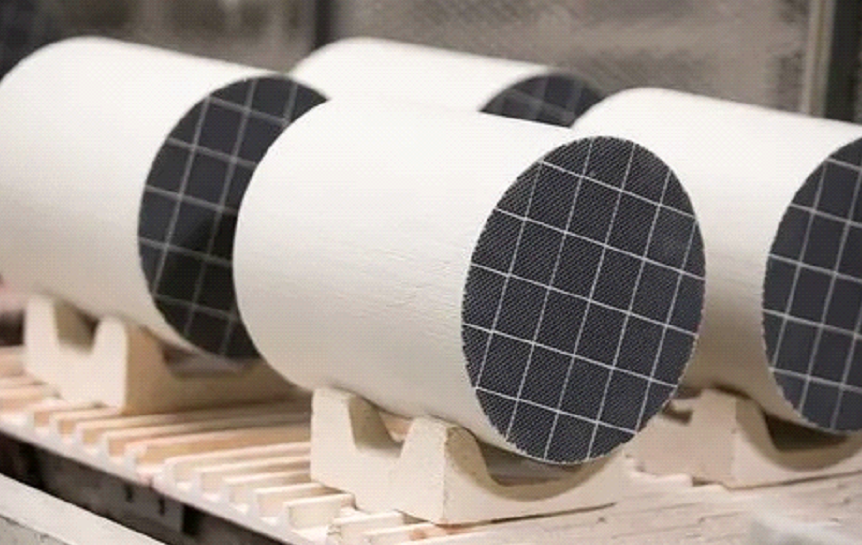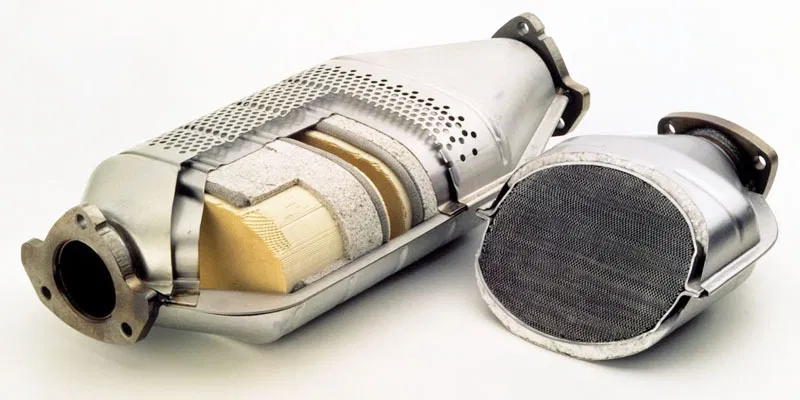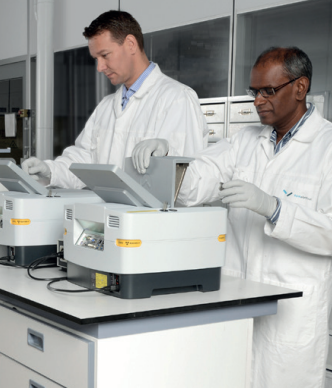
Introduction: Diesel Particulate Filters (DPF) catalytic converters are essential components in modern diesel engines. They play a critical role in reducing harmful emissions and ensuring compliance with environmental regulations. In this blog post, we will delve into the function and benefits of DPF catalytic converters, shedding light on their significance in promoting cleaner air and sustainable diesel engine technology.
-
- Understanding Diesel Particulate Filters (DPF): A DPF is a device designed to capture and remove particulate matter (PM) or soot emitted by diesel engines. It is typically located in the exhaust system, downstream of the engine and before the muffler. The DPF consists of a ceramic or metal honeycomb structure with fine channels or pores that trap and store particulate matter.
- Function of DPF Catalytic Converters: DPF catalytic converters combine the functions of both a DPF and a traditional catalytic converter, making them highly efficient in reducing emissions. Here’s how they work: a. Particulate Filtration: As exhaust gases pass through the DPF, the porous structure captures and traps microscopic soot particles. This prevents them from being released into the atmosphere. b. Regeneration Process: Over time, the trapped particles accumulate and can clog the DPF. To prevent this, the DPF undergoes a regeneration process. This involves burning off the trapped soot at high temperatures, either through passive regeneration (occurring during normal driving conditions) or active regeneration (triggered by the engine control unit). c. Catalytic Conversion: In addition to particulate filtration, DPF catalytic converters incorporate catalytic materials, such as precious metals like platinum and palladium. These catalysts aid in the conversion of harmful pollutants, such as nitrogen oxides (NOx) and carbon monoxide (CO), into less harmful substances like nitrogen, carbon dioxide, and water vapor.
- Benefits of DPF Catalytic Converters: DPF catalytic converters offer several advantages for diesel engines and the environment: a. Emission Reduction: The primary benefit of DPF catalytic converters is their ability to significantly reduce particulate matter emissions. By capturing and removing soot particles, they contribute to cleaner air and help combat respiratory and environmental health concerns. b. Environmental Compliance: DPF catalytic converters play a crucial role in meeting stringent emissions standards and regulations imposed by governing bodies worldwide. They enable diesel engines to achieve compliance with emission limits, ensuring a cleaner and more sustainable transportation sector. c. Engine Performance and Longevity: By maintaining a cleaner exhaust system, DPF catalytic converters help optimize engine performance and fuel efficiency. They also extend the life of engine components by reducing the accumulation of harmful deposits. d. Public Health Improvement: The use of DPF catalytic converters leads to a reduction in airborne particulate matter, which is known to have detrimental effects on human health. By minimizing particulate emissions, these converters contribute to improved air quality and overall public health.
- Common vehicle brands with DPFs: Dodge Cummins Engines, Chevrolet GMC Duramax, Ford Powerstroke Trucks, Mercedes Benz Vehicles, Mack Trucks, Large Caterpillar Vehicles.
Conclusion: DPF catalytic converters are integral components in diesel engines, providing a comprehensive solution for reducing emissions and promoting environmental sustainability. By combining particulate filtration and catalytic conversion, DPF catalytic converters play a vital role in curbing particulate matter pollution, ensuring compliance with emissions regulations, and enhancing engine performance. Embracing this technology is a significant step toward achieving cleaner air and a greener future.
For further assistance, you can contact us or visit our facility in Dubai, United Arab Emirates.
Related Blog
The Precious Metals Market: Palladium, Rhodium,…
Navigating the Precious Metals Market: Insights into Palladium, Rhodium, and Platinum Precious metals have long been a cornerstone of […]
How Stonecore Captures XRF Results for…
How Stonecore Captures XRF Results for Automotive Catalysts At Stonecore, we’re committed to using cutting-edge technology to analyze your automotive […]
Don’t Trash It: A Guide to…
Don’t Trash It, Repurpose It: A Guide to E-Scrap Recycling in United Arab Emirates We live in a world obsessed […]




